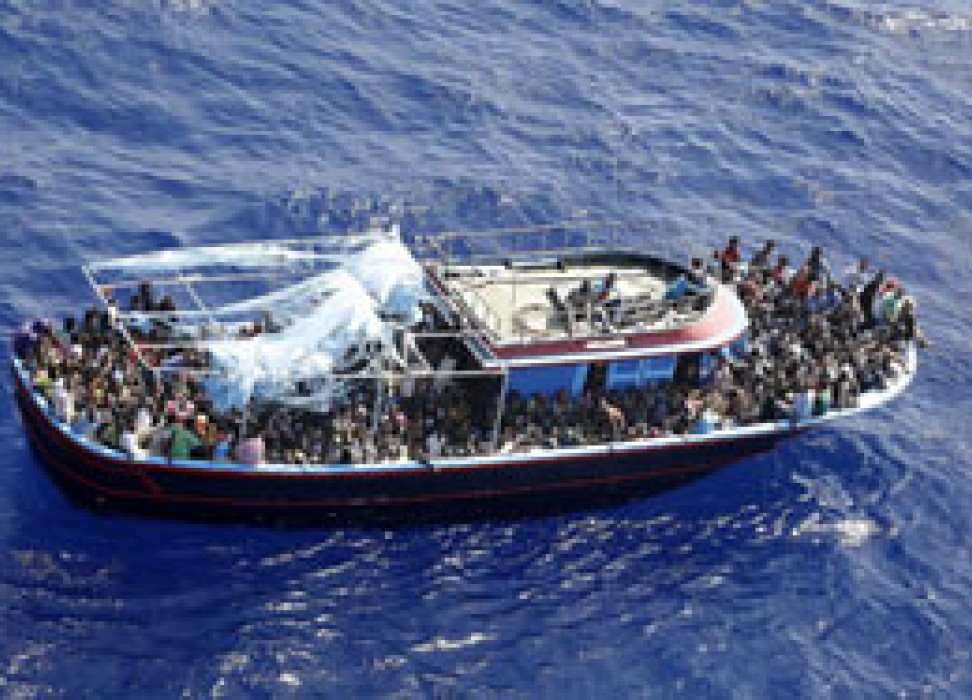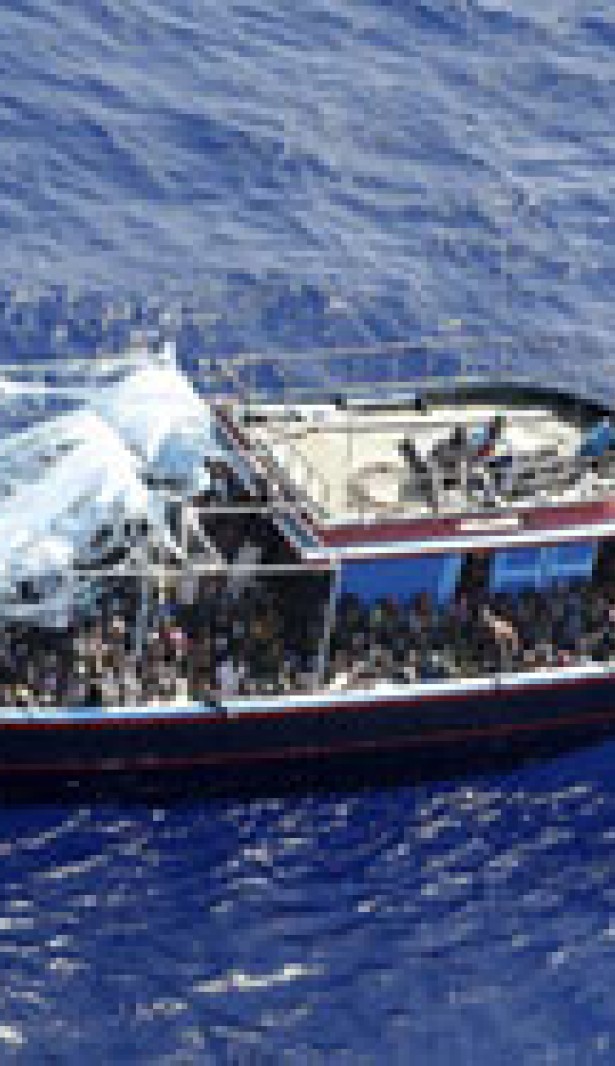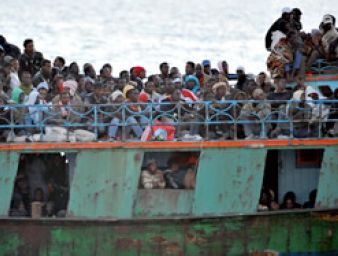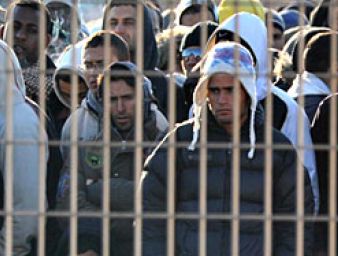Human rights protection challenges affecting migrants at sea
11 December 2014

Every day, migrants all over the world cross or attempt to cross sea borders to escape poverty, discrimination, persecution and other human rights violations, to reunite with families, or to seek better living and working conditions.
The UN estimates that in the Mediterranean alone, more than 130,000 migrants and asylum seekers have been rescued while trying to reach Europe by sea, and that over 3,000 people have died so far this year. The number of migrants all over the world that sacrifice their dignity, safety, and even their lives while seeking to reach their destination remains uncounted.
“These were avoidable deaths”, UN Human Rights Chief Zeid Ra’ad Al Hussein said at the Seventh High Commissioner’s Dialogue on Protection Challenges, on the issue of protection at sea, organized by the UN Refugee Agency.
“The near-closure of legal migration channels and ever higher barriers to entry drove them to seek highly dangerous sea routes, which also made them more vulnerable to abuse along the way”, Zeid continued.
He noted that policies seeking to stamp out migration exacerbate the dangers that migrants endure at sea. “There is no evidence at all that they decrease the numbers of people who attempt to cross borders. Rather, they create zones of lawlessness and impunity at borders, and, ultimately corrode the values of freedom, equality and human dignity that States are bound to uphold”, he said.
Zeid urged States and other stakeholders to use the Recommended Principles and Guidelines on Human Rights at International Borders, recently released by the UN Human Rights Office, to address the plight of migrants. They provide practical guidance to attain border regulation measures respectful of human rights.
The Guidelines detail the need to ensure the human rights of migrants during rescue and interception interventions– including by avoiding dangerous interceptions; ensuring that border authorities assess the risks, and appropriately plan their rescue operations with clear objectives that respect the dignity and safety of migrants; as well as by providing alternatives to the detention of migrants at borders.
Also outlined is guidance to improve the screening of migrants at borders and their referral to health, social and legal aid services, for instance; dismantle discriminatory barriers to entry; and identify and protect migrants who may be at particular risk, including children, pregnant women, older persons and persons with disabilities.
At the event, the UN Human Rights Office, the UN Refugee Agency, the International Organization for Migration, the UN Office on Drugs and Crime and the International Maritime Organization, released a joint statement on the Protection at Sea in the Twenty-First Century. They expressed concern about the loss of life, injury, trauma and serious human rights violations affecting migrants, asylum-seekers and refugees traveling by sea.
They also called for closer cooperation between States of origin, transit and destination of migration, and other relevant actors, to avoid loss of life at sea; address the situations that lead migrants to undertake dangerous sea journeys; and ensure that States uphold human rights and dignity, and address specific needs for the protection of migrants, asylum-seekers and refugees upon their arrival and disembarkation at their borders.
“The real root causes of irregular maritime migration, which include lack of access to safe and regular migration channels, must also be rigorously tackled. Without credible alternative options to escape desperation, people will continue to place their lives and those of their families at risk by making unsafe boat journeys”, the statement concluded.
11 December 2014




